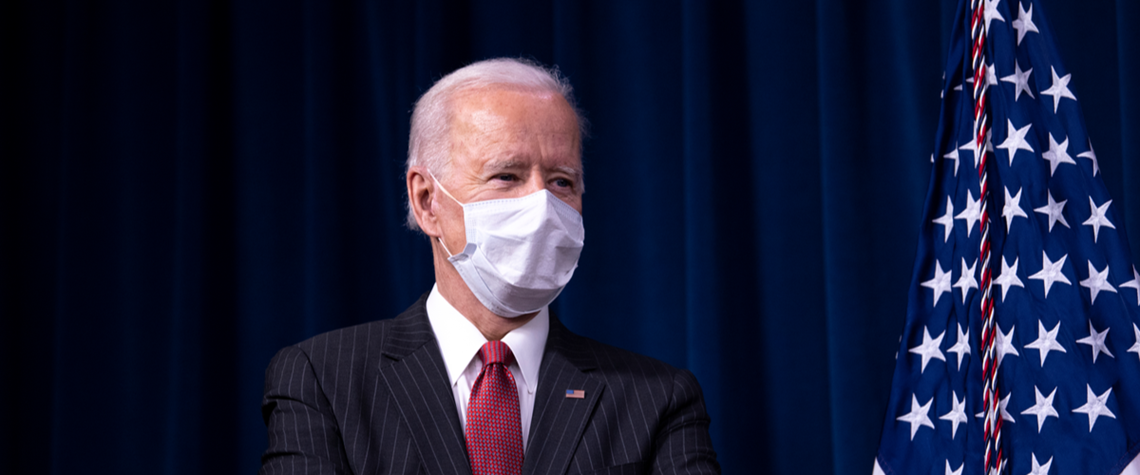Outlook 2022: US bipartisanship and regional divergence
The North American powerhouse will need to develop several energy transitions to green its economy, but has taken important baby steps
The future of energy is increasingly intertwined with the ‘energy transition’, but labelling the changes we are currently seeing, and have yet to see, in singular form is a misnomer. The future of energy will be defined by multiple energy transitions as different regions of the world evolve in ways that reflect a concept that is central to economic development—the principle of comparative advantage. From 1990 to 2020, the primary energy mix in the US changed but fossil fuels consistently accounted for more than 80pc of total energy use. While last year was an aberration due to the pandemic, and 2021 is turning out to look more like 2019, the stresses that were placed on supply chains and

Also in this section
12 December 2025
The latest edition of our annual Outlook publication, titled 'The shape of energy to come: Creating unique pathways and managing shifting alliances', is available now
12 December 2025
The federal government is working with Alberta to improve the country’s access to Asian markets and reduce dependence on the US, but there are challenges to their plans
11 December 2025
The removal of the ban on oil and gas exploration and an overhaul of the system sends all the right messages for energy security, affordability and sustainability
10 December 2025
The economic and environmental cost of the seven-year exploration ban will be felt long after its removal







